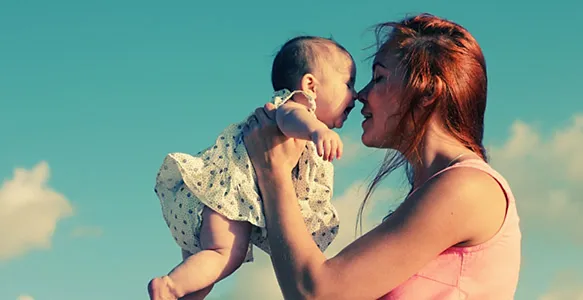Want to share your parenting queries and get answers
Get Solutions and advice from other parents and experts
Ask a QuestionMom of a 2 yr 4 m old boy1 Year ago
Q.
#asktheexpert mere bete ki legs mudi hui hain kya vo theek ho skti hai.
Answer
Follow
Report Abuse
Share
1 Answer
 POOJA KOTHARIMom of a 8 yr 9 m old boy1 Year ago
POOJA KOTHARIMom of a 8 yr 9 m old boy1 Year agoA. Bent or bowed legs in children can be a common concern for parents, but many cases resolve on their own as the child grows. However, it’s important to assess the situation properly to determine if any intervention is needed. **1. Types of Leg Bowing Physiological Bowing: In infants and toddlers, bowing of the legs is often normal and part of development. It usually corrects itself as the child grows and starts walking. Pathological Bowing: This could be due to conditions such as rickets, Blount’s disease, or other skeletal abnormalities. **2. When to Seek Medical Advice Persistent Bowing: If the bowing is still noticeable beyond age 2-3 or worsens over time. Asymmetry: If one leg is significantly more bowed than the other. Associated Symptoms: If there are other symptoms like pain, difficulty walking, or swelling. **3. Diagnosis and Treatment Consult a Pediatrician: Have your child evaluated by a pediatrician or pediatric orthopedic specialist. They can diagnose the cause and determine if any treatment is necessary. X-rays: The doctor may recommend X-rays or other imaging to assess the alignment and structure of the bones. **4. Potential Treatments Observation: Many cases of bowing are monitored over time and resolve on their own. Bracing: In some cases, especially with Blount’s disease, bracing may be recommended. Nutritional and Medical Intervention: If rickets or another condition is causing the bowing, addressing the underlying condition with proper nutrition or medication may be necessary. **5. Preventive Measures Healthy Diet: Ensure your child has a balanced diet rich in calcium and vitamin D, which are important for bone health. Encouraging Movement: Encourage physical activity and weight-bearing exercises as your child grows. If you have concerns about your child's leg development, the best course of action is to consult with a healthcare provider who can offer a tailored approach based on your child’s specific condition and needs.
Report Abuse
ADVERTISEMENT
ADVERTISEMENT
SIMILAR QUESTIONS
Guardian of a 9 m old boy
Answer
Follow
Report Abuse
Share
Mom of a 5 m old boy
Q. Mere baby ki legs kapti hai fer theek ho jati hai donu legs kappti hai Kya problem hai ?????
Read More
Answer
Follow
Report Abuse
Share
Mom of a 2 yr 3 m old boy
Answer
Follow
Report Abuse
Share
Mom of a 1 yr 8 m old boy
Answer
Follow
Report Abuse
Share
ADVERTISEMENT
ADVERTISEMENT
Guardian of a 1 yr 9 m old girl
Answer
Follow
Report Abuse
Share
Mom of a 1 m old girl

Answer
Follow
Report Abuse
Share
Guardian of a 9 m old boy
Answer
Follow
Report Abuse
Share
Mom of a 9 m old boy
Q. doctor mere bete k abhi teeth nhi aaye hai vo 10 month ka ho gya hai .... kya ye theek hai
Read More
Answer
Follow
Report Abuse
Share
ADVERTISEMENT
ADVERTISEMENT
Mom of a 5 m old boy
Answer
Follow
Report Abuse
Share
Guardian of a 5 yr 4 m old girl
Q. hlo dr. meri beti 1 month ki hui hain use cough ho gya hain to uske liye koi treatment hain kya?
Read More
Answer
Follow
Report Abuse
Share
SUGGESTED ARTICLES
Do you know any solution to this question?Let’s go to the app - To help out fellow parents & to get answers to your questions
Add An Answer
Add An Answer
Add An Answer
Ask a Question
This question is being asked for:
Your identity will not be revealed
POST





.svg)
.svg)
.png)

Post Answer